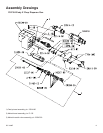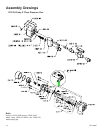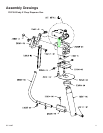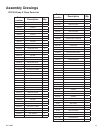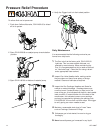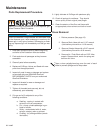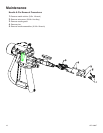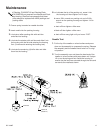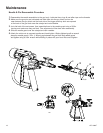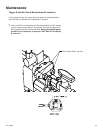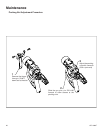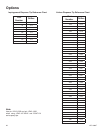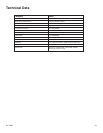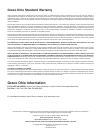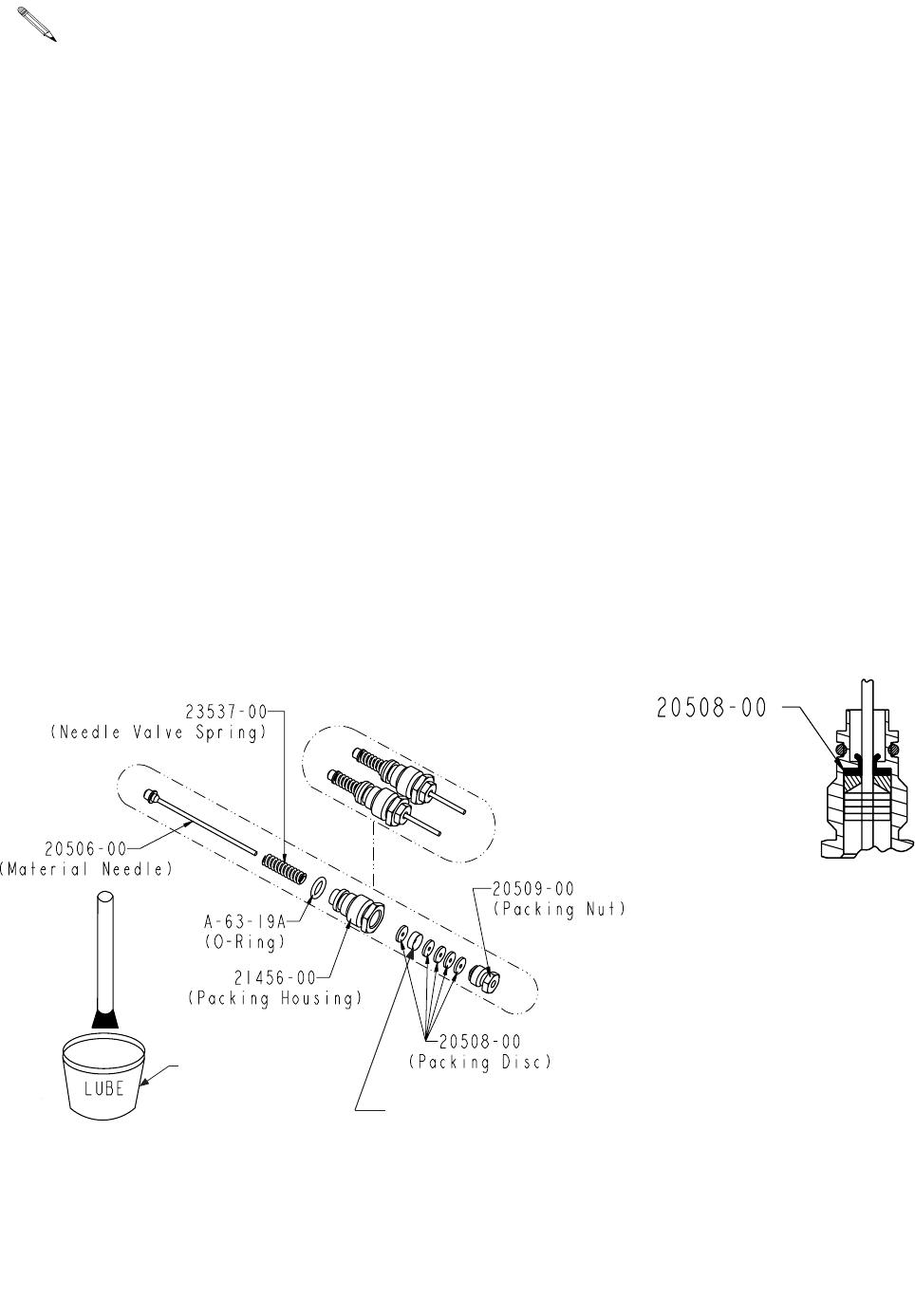
17GC-1388F
21222-00
20507-00
(Retainer)
If Packing, P/N 20507-00 and Packing Disks,
P/N 20508-00 are removed from Needle and Pack-
ing Housing, GlasCraft recommends that these
parts always be replaced with NEW packings and
packing disks.
1. Ensure spring is seated on needle shoulder.
2. Insert needle into the packing housing .
3. Lubricate a teon packing disk with red lube
and slide into housing.
4. Lubricate the retainer with red lube and slide it into
the housing with the at side entering the housing
rst. (Concave side entering the housing last).
5. Lubricate the remaining (4) teon disc and slide
them into the housing.
6. a. Lubricate the tip of the packing nut, screw it into
the housing and hand tighten until it stops.
b. use a 3/8in. wrench on packing nut and a 9/16in.
wrench on the packing housing and tighten 1/16 to
1/4 turn.
c. back off then tighten a little more.
d. back off then tighten a little more.
e. back off then snug tight until you hear a “POP”.
Needle Test
1. Put the tip of the needle on a hard surface and press
down on the assembly to compress the spring. Release
the assembly and the needle should return to it’s origi-
nal position.
2. Turn the assembly over and place the back end of the
needle on a hard surface and press down until it stops.
Lift up on the spring and lock inside the housing to
ensure that the seal has extruded through the hole and
surrounds the needle as shown.
Maintenance
Isocyanate Conditions
Rev. G 6/17/2008 21
Isocyanate Conditions
Material Self-ignition
Moisture Sensitivity of
Isocyanites
Isocyanites (ISO) are catalysts used in two component
foam and polyurea coatings. ISO will react with moisture
(such as humidity) to form small, hard, abrasive crystals,
which become suspended in the fluid. Eventually a film
will form on the surface and the ISO will begin to gel,
increasing in viscosity. If used, this partially cured ISO
will reduce performance and the life of all wetted parts.
To prevent exposing ISO to moisture:
• Always use a sealed container with a desiccant
dryer in the vent, or a nitrogen atmosphere. Never
store ISO in an open container.
• Keep the ISO lube pump reservoir (if installed) filled
with Graco Throat Seal Liquid (TSL), Part 206995.
The lubricant creates a barrier between the ISO and
the atmosphere.
• Use moisture-proof hoses specifically designed for
ISO, such as those supplied with your system.
• Never use reclaimed solvents, which may contain
moisture. Always keep solvent containers closed
when not in use.
• Never use solvent on one side if it has been contam-
inated from the other side.
• Always lubricate threaded parts with ISO pump oil
or grease when reassembling.
Keep Components A and
B Separate
Foam Resins with 245 fa
Blowing Agents
Some foam blowing agents will froth at temperatures
above 90°F (33°C) when not under pressure, especially
if agitated. To reduce frothing, minimize preheating in a
circulation system.
Spraying materials containing isocyanates creates
potentially harmful mists, vapors, and atomized partic-
ulates.
Read material manufacturer’s warnings and material
MSDS to know specific hazards and precautions
related to isocyanates.
Prevent inhalation of isocyanate mists, vapors, and
atomized particulates by providing sufficient ventila-
tion in the work area. If sufficient ventilation is not
available, a supplied-air respirator is required for
everyone in the work area.
To prevent contact with isocyanates, appropriate per-
sonal protective equipment, including chemically
impermeable gloves, boots, aprons, and goggles, is
also required for everyone in the work area.
Some materials may become self-igniting if applied
too thickly. Read material manufacturer’s warnings
and material MSDS.
The amount of film formation and rate of crystalli-
zation varies depending on the blend of ISO, the
humidity, and the temperature.
NOTICE
To prevent cross-contamination of the equipment’s
wetted parts, never interchange component A (isocy-
anate) and component B (resin) parts.



